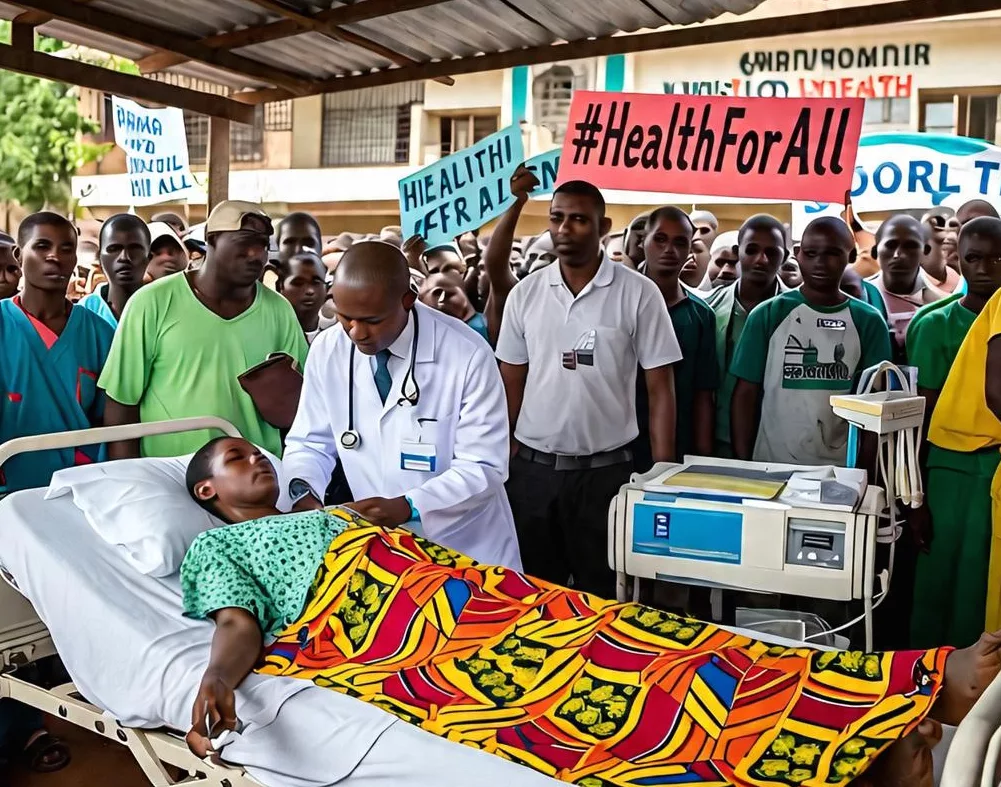Research conducted by Dr Thuy Nguyen and Dr Eve Todesco in the coordinated research team headed by Pr Anne-Geneviève Marcelin (Hôpital Pitié-Salpêtrière, AP-HP Sorbonne Université, Inserm UMR1 1136) and funded by the ANRS has focussed on shared HCV transmission networks among HIV-positive and HIV-negative men having sex with men (MSM) in Paris.
These results will be presented by Thuy Nguyen today Thursday, 26 July at the 22nd international conference on HIV/AIDS (AIDS 2018), being held in Amsterdam from 23 to 27 July 2018.
Since the early 2000s, he has identified an increase in the incidence of hepatitis C virus (HCV) transmission among HIV-infected men who have sex with men (MSM). This incidence remains lower in HIV-negative men who have sex with men (MSM).
A team of researchers (Hôpital Pitié-Salpêtrière, AP-HP Sorbonne Université, Inserm UMR 1136), in collaboration with the hospitals of Tenon, Saint Antoine and Saint Louis, AP-HP and other Parisian laboratories, and funded by the ANRS, has focused on the networks of HCV transmission in HIV-positive and HIV-negative men who have sex with men (MSM). To study the networks of HCV transmission, the researchers sequenced part of the HCV genome present in the blood of patients enrolled in the study in order to find the most genetically similar viral sequences. Sixty-eight MSM living in the Paris region (Île-de-France) and presenting with acute hepatitis C participated in this study. Fifty of them were co-infected with HIV. Among the eighteen HIV-negative patients, thirteen took part in the ANRS IPERGAY study and received pre-exposure prophylaxis (PrEP) .
For this, the researchers used two sequencing methods that they compared. A standard method, the Sanger sequencing method used to determine majority viral populations circulating in the infected person, and a more advanced method, high throughput sequencing, which enables detection of minority viral populations. Indeed, as with HIV, HCV replication generates a large number of mutations. Therefore, each infected patient presents a multitude of viral sub-populations.
The Sanger sequencing method showed the existence of transmission networks between the different patients involved in the study. High-throughput sequencing enables a more detailed analysis of these transmission networks with the identification of identical minority, or extremely similar, viral populations between two patients.
The transmission networks revealed have helped highlight shared HCV transmission networks among HIV-positive and HIV-negative MSM in Paris. “It is important to optimise the prevention and screening of hepatitis C in MSM, particularly in people taking PrEP”, concluded Eve Todesco.






